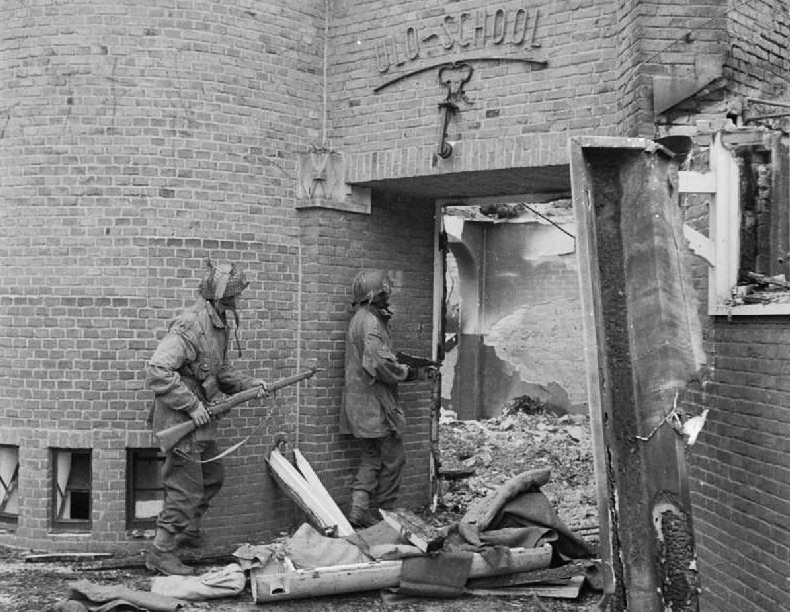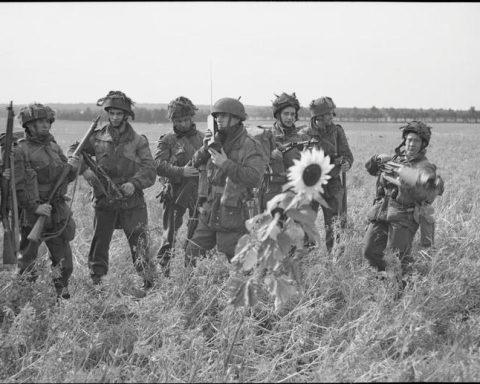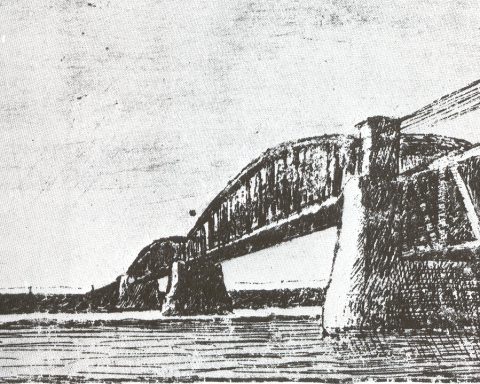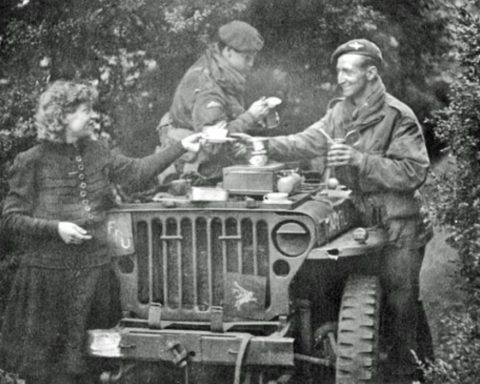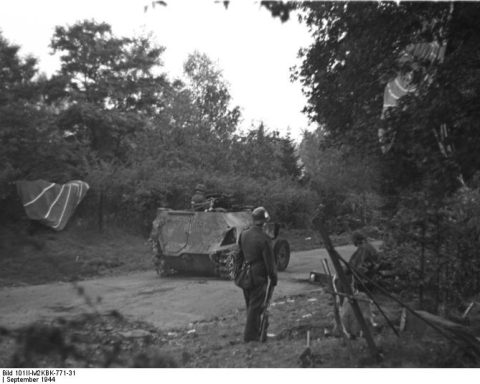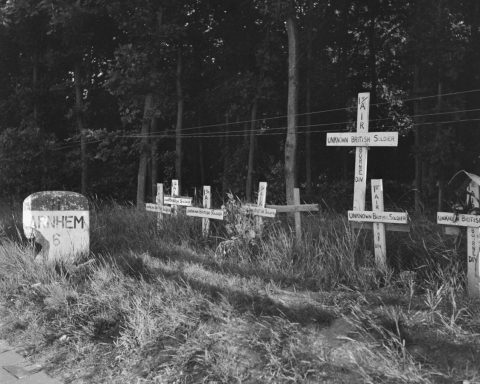The Germans had tried to overwhelm the British at Oosterbeek through four major attacks on the British perimeter in Oosterbeek on Thursday, September 21. From the German perspective, those attacks ended in failure.
Attacks via the Utrechtseweg, the Benedendorpseweg and at the Dreyersoord hotel were repulsed by the British in fierce fighting. Only the attack on the relatively lightly defended Westerbouwing was a success for the Germans, although it cost the German attackers four tanks and many soldiers.
In any case, there were enormous numbers of casualties on the German side during the fighting in Oosterbeek, to the surprise of the German commanders. The experienced veterans of the 9th SS Armored Division, supported by tanks and mechanical artillery, proved to be no match for the lightly armed British airborne troops, who defended their position tooth and nail.
How fiercely the British fought is evident from the balance drawn up after the Battle of Arnhem. On the British side, approximately 1,300 people were killed in the fighting in Arnhem and Oosterbeek. The number of Germans who died during the Battle of Arnhem is more than 1,800 soldiers.
On Friday, September 22, the Germans therefore changed tactics. Artillery and other guns were now mainly fired at the British positions from a safe distance.
The major German attacks on the British positions were over. Not only did it cost too many tanks and German lives: there was no longer an urgent reason for the Germans to destroy the British. The Rhine bridge and the entrance to the Driel ferry were back in German hands and the ground troops of the Allies were still in Lent near Nijmegen.
A Lieutenant Johnson put it this way: “Whenever they wanted, they could unleash heavy mortar and artillery bombardment on our small strongholds, which made them quite uncomfortable. It was a slow process for them, but they seemed to know they had plenty of time.”
Although a thousand Polish paratroopers had landed at Driel, they did not seem to be able to really help the British in defending the British lines in Oosterbeek. The Germans thought that the Poles had landed to connect with advancing enemy troops heading north from Nijmegen.
Mortar attacks
The Germans had collected 110 artillery pieces around Oosterbeek. They were supplemented with two divisions of the dreaded ‘nebelwerfer’ . This allowed six grenades to be fired simultaneously. The mortar attacks that the German artillery fired at the British had an effect. There were many casualties.
That was precisely the intention of the German General Bittrich, who said that he would beat the British into submission. The British suffered heavily from the rain of mortar bombardments, but surrendering was not an option.
Many British people stayed in Oosterbeek in a trench or foxhole. Even so many years later, dozens of these foxholes can still be seen in the landscape in and around Oosterbeek. But even in their foxholes the British were not safe from the incoming German shells.
In Martin Middlebrook’s book ‘Arnhem’, Private 1st Class Bill Brearley is quoted:
“If you’ve never been in your rats, you should hear those multi-barreled mortars and then wait for the impacts. This is how young Rowbottom who was in a trench with me was also hit. We were just cooking a meal on a makeshift burner at the bottom of the trench.
He screamed that he had been hit, but he was still on his feet. That’s why I told him not to act like that. I thought he had been hit by a clod of earth. But then I saw the blood running down his arm. It flowed down his fingers and into the morsel I was trying to cook.
He was hit in the top of the shoulder and his armpit was torn open. It was an ugly wound. I bandaged him up and he was able to walk to the emergency room on his own. I threw away that meal with his blood in it.”
Private Joe Robberts:
“I was standing in my trench at a quiet moment and suddenly: bam! Suddenly a grenade exploded a few meters away from me. The pressure was terrible. My chest felt like it was going to explode and I couldn’t breathe. I must have had internal bleeding because I later vomited blood. They always said you didn’t hear the one that hit you and I certainly didn’t hear that grenade coming in.”
Snipers
In addition to mortar attacks, the defenders in Oosterbeek also had to deal with snipers. Captain Livingstone of the KOSB:
“I was in the trench with a sergeant. He refused to wear his helmet. I told him to put it on, but he said he found it uncomfortable. Not long after, his head was in my lap. The top half had been shot off. He was instant dead.”
The snipers, who had sufficient hiding places in the woods of Oosterbeek, were difficult to tackle. Livingstone: “You didn’t know where they were! You sent some men to a certain place and the next moment they were there. Snipers!”
In his book about the Battle of Arnhem, Antony Beevor tells the story of a German sniper with a macabre sense of humor. Because the water was turned off, many British soldiers used old-fashioned water pumps that were still located here and there in Oosterbeek.
“He then made us walk to the well,” wrote a glider pilot after the Battle of Arnhem. “Usually through a hail of mortar shells, then calmly shooting holes in the bucket as it rose above the edge of the pit. A real sadist!”
Despite the mortar attacks, the snipers and the occasional cautious German invasion attacks, the British perimeter remained intact on Friday, September 22. But the need in the British perimeter increased every day.
For this reason, on the morning of September 22, General Urquhart sent his chief of staff across the Rhine to make contact with the ground troops at Nijmegen to explain to them the seriousness of the situation in Oosterbeek.

